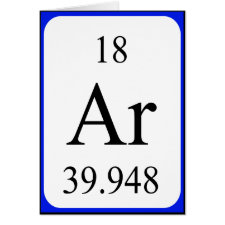
Authors: Yoshikawa M
Article Title: Molecularly imprinted polymeric membranes for optical resolution.
Publication date: 1997
Journal: Abstracts of Papers of the American Chemical Society
Volume: 213
Issue: (IEC)
Page numbers: 154.
Abstract: The development of membranes which exhibit optical resolution is an important technological objective. Except for their optical activity, enantiomeric compounds have the same physicochemical properties. Therefore a chiral microenvironment must be introduced into the molecular recognition sites in the membrane. In our study, oligopeptide derivatives, which are expected to produce chiral microenvironments are adopted as the recognition sites for optical resolution. A molecular imprinting technique is used to obtain polymeric membranes for enantioselective separations. In this technique the 'molecular memory" of the template is introduced into the membrane at the same time as the polymeric membrane is being formed from solution. We have found that membranes which contain an oligopeptide residue from a L-amino acid and imprinted with a L-amino acid derivative, recognizes the L-isomer in preference to the corresponding D-isomer, and vice versa. By use of electrodialysis. the amino acid optical isomer which is preferentially adsorbed in the membrane is selectively permeated



Join the Society for Molecular Imprinting

New items RSS feed
Sign-up for e-mail updates:
Choose between receiving an occasional newsletter or more frequent e-mail alerts.
Click here to go to the sign-up page.
Is your name elemental or peptidic? Enter your name and find out by clicking either of the buttons below!
Other products you may like:
 MIPdatabase
MIPdatabase









